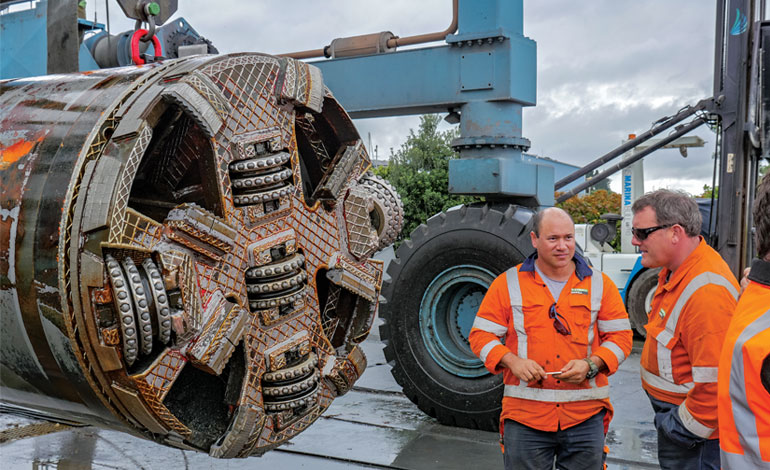Guidelines for no-regrets infrastructure stimulus“The economy and jobs are the priority for the May budget, but post-budget the Government must accelerate discussions on the long-term vision, principles and larger investments required to transform the country into the new New Zealand,” says Infrastructure NZ CEO Paul Blair.“There are three horizons for the Government’s response to COVID-19: the first horizon emergency measures to maintain the economy and jobs is nearing an end as we come out of lockdown. “The second horizon, short-term stimulus to restart the economy. “The third horizon of work offers a once-in-a-generation chance to transform New Zealand and steer our country’s direction for decades to come. “Interviews with senior leaders of Infrastructure NZ member organisations, our young leaders Emerging Talent Network, and feedback from thousands of our webinar attendees have consistently called for this crisis to be turned into an opportunity to lift our vision and reset our strategic thinking. “The competing ideas about which sectors, regions and outcomes matter most for New Zealand is an incredibly important debate, however, the May budget doesn’t have time to address the complexities of this third horizon and should focus on no-regrets stimulus spending. “The second horizon programme could comprise anything from tree planting to installing home insulation. It also will include a long list of essential public works necessary to sustain the economy and promote local, regional and national wellbeing. “Infrastructure New Zealand offers several guidelines for the selection of horizon two, shovel–worthy projects:
“These guidelines will ensure that our shovel-ready work is appropriate and does not hinder our future long-term investments. “To enable this rapid work, we will need crucial interim reforms to the RMA, Building Act, and government procurement processes, as well as longer-term comprehensive changes to ensure that we are enabling recovery and innovation in the third horizon and not hampering it. “While the immediate work proceeds, we must be planning investment for the all-important third horizon. “We need to rapidly design, consent, and procure a suite of future-focused projects that meets the needs of future generations. These projects should not only grow our economy, but also support our country’s long-term health, safety, and cohesiveness. “We also need to find ways to increase private investment for public benefit, just like the Ultra-Fast Broadband Initiative so successfully did in the wake of the Global Financial Crisis. “For better or worse, our country has no shortage of no-regrets projects due to long-standing infrastructure under-investments, such as for three waters and affordable and healthy homes.” “We need to have a shared vision on what the new New Zealand looks like. But between now and then, we can get going quickly on the no-regrets projects that we all stand behind,” says Blair. |
previous post
next post

